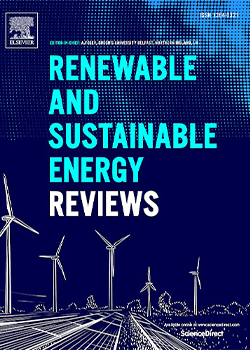
Energy savings and economic benefits of transition towards efficient lighting in residential buildings in Cameroon
Year of publication: 2017
Authors: Enongene, K. E.; Murray, P.; Holland, J.; & Abanda, F. H
Abstract
Lighting accounts for over 20% of electricity use in the residential sector of Cameroon. Due to the unreliable and inadequate energy supply in the country, there is a need for the efficient utilization of the available energy. This paper presents the current different technologies used for artificial lighting including the economic and environmental benefits associated with a switch from incandescent lighting to compact fluorescent lamp (CFL) and light emitting diode (LED) in residential dwellings in Buea, Cameroon. The study employed a survey of 100 residential dwellings in Buea. Results of the survey revealed that artificial lighting in dwellings is achieved through the use of the following technologies: incandescent lamps, CFLs and fluorescent tubes. The economic assessment for the substitution of incandescent lamps with CFL and LED considering an average daily lighting duration of six hours was also conducted using the net present value (NPV), benefit cost ratio (BCR), the simple payback period (PBP) and a life cycle cost analysis (LCC). The economic assessment revealed an NPV that ranges from $47 to $282.02, a BCR of 1.84 and a PBP of 0.17 year for the substitution of current incandescent lamps in dwellings with CFL while the substitution of incandescent lamps with LED revealed an NPV of the range $89.14 to $370, a BCR of 3.18 and a PBP of 1.92 years. The LED and incandescent technologies emerged with the lowest and highest LCC respectively. Substituting incandescent lamps with CFL and LED results in a reduction in lighting related greenhouse gas (GHG) emissions from dwellings by 66.6% and 83.3% respectively. From the results, a transition towards efficient lighting in the residential sector of Cameroon possesses great economic and environmental benefits. There is need for the government of Cameroon to expedite the uptake of LED through the formulation and implementation of favourable policies.
